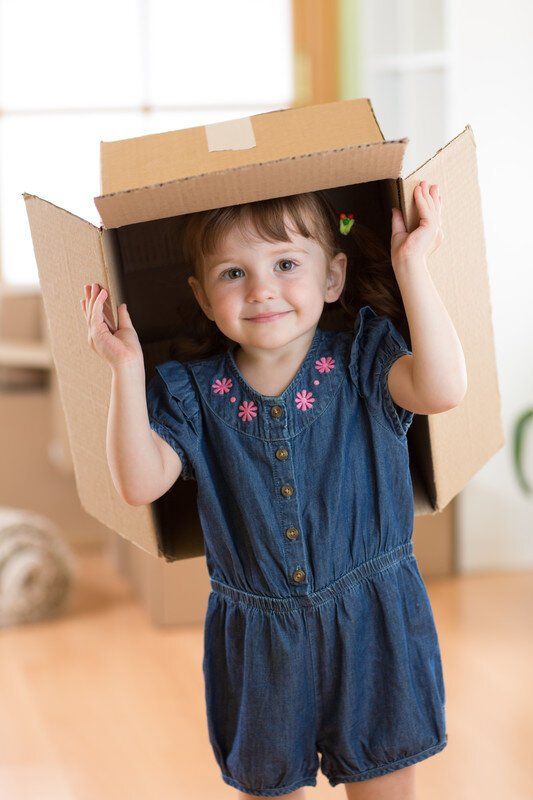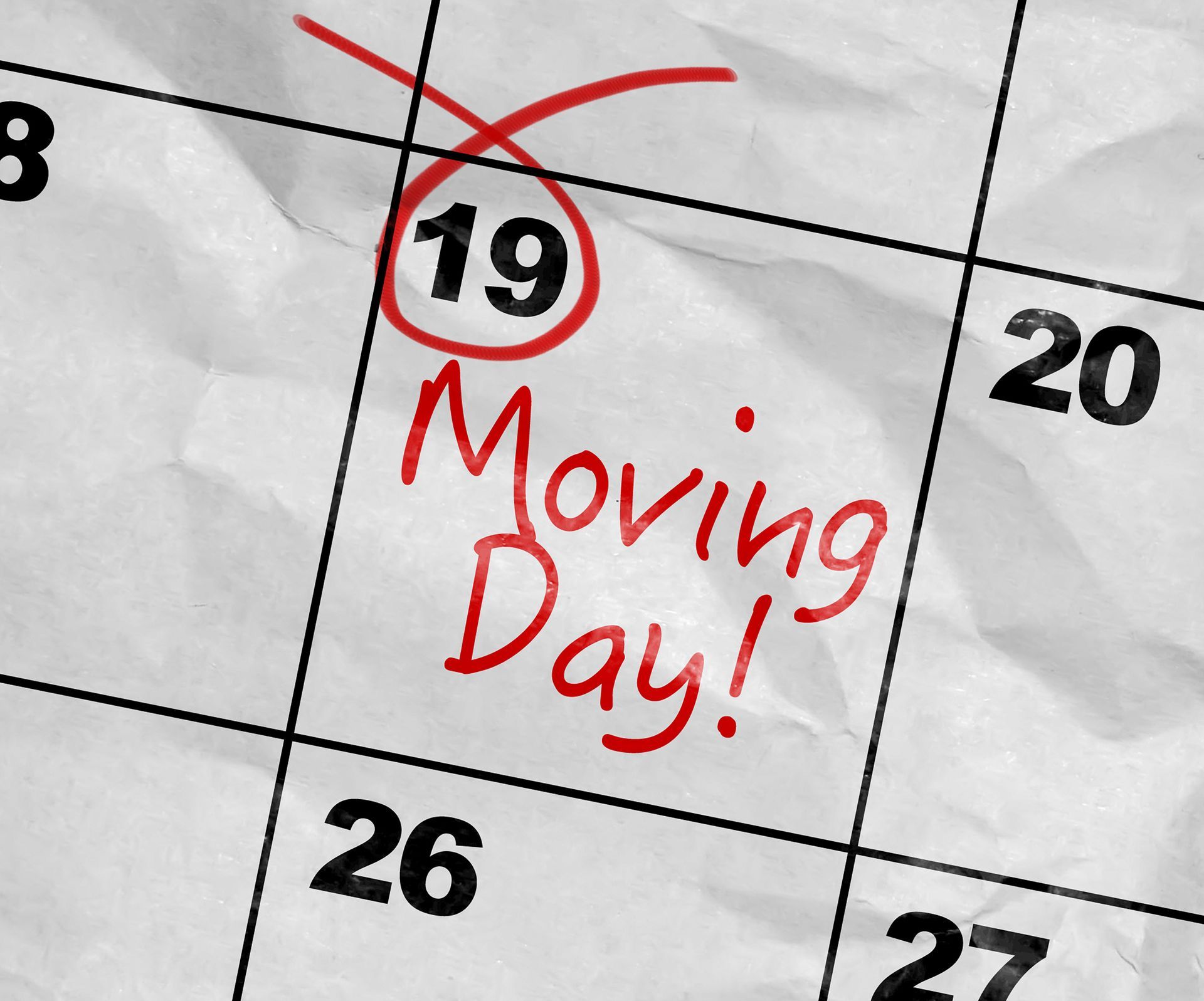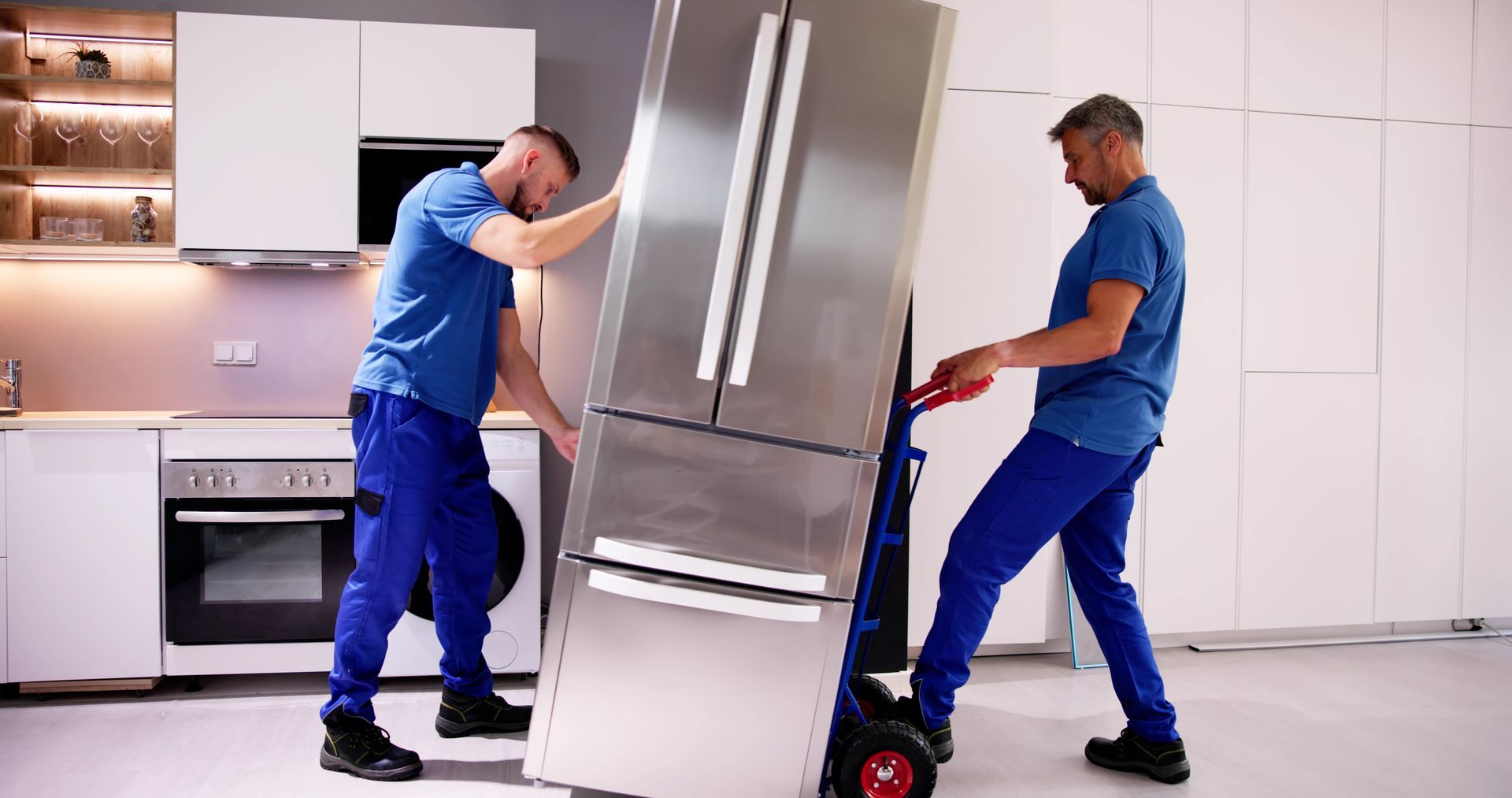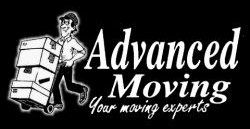
A Checklist for Moving With a Baby or Toddler
Moving can be a daunting task, especially when you have a little one in tow. Babies and toddlers thrive on routines, and the upheaval of a move can be unsettling for them. To ease the transition, it's crucial to plan meticulously and keep your child's routine as consistent as possible.
Our team at Advanced Moving in Sioux Falls understands these challenges and is here to help. We've created a practical guide filled with tips to simplify the moving process for families with young children. From suggestions on packing essential "first night" bags to guidance on baby-proofing your new home, our insights aim to make your move as smooth as possible.
With careful preparation and our comprehensive checklist, you can navigate the move confidently. This guide offers actionable advice designed to minimize stress for both you and your toddler, ensuring that this important step in your family's journey feels more like an adventure than a chore.
Planning Ahead: Setting Yourself Up for Success
- Start Early
The moving process can be overwhelming, so begin packing and organizing weeks in advance. By doing so, you reduce last-minute stress and can focus more on your family.
- Create a Moving Timeline
Organize your tasks with a timeline. Include key steps like packing, hiring professional movers, and setting up utilities at your new home.
- Book Childcare if Possible
On moving day, it helps to have a trusted friend, family member, or sitter care for your little one. This allows you to focus on coordinating the move without distractions.
- Research Your New Neighborhood
Before relocating, identify nearby resources essential for your child. Locate pediatricians, childcare centers, and parks. This makes the transition smoother for your family.
- Consider Hiring Professional Movers
Professional moving services can handle heavy lifting and logistics, allowing you to concentrate on your family. This assistance can be invaluable, especially when managing a baby or toddler.
Packing Tips for Moving With a Baby or Toddler
- Declutter First
Take a moment to go through your child's belongings. Consider donating or selling clothes, toys, and baby gear that are no longer needed. This will help lighten your moving load and create a more organized space at your new home.
- Pack a “Baby Essentials” Bag
Prepare an essentials bag that stays with you on moving day. Include important items like diapers, wipes, bottles, snacks, a few favorite toys, and an extra set of clothes. Don't forget comfort items like a favorite blanket or pacifier to keep your little one happy.
- Clear Bins for Baby Items
Opt for clear, labeled bins to store important baby items. This includes baby food, formula, bath supplies, and any other daily necessities. Using clear bins makes it easier to find what you need without rummaging through boxes.
- Keep Sleep Items Handy
Ensure your child's sleep routine is not disrupted by having their cherished sleep items easily accessible. Pack their favorite blankets, stuffed animals, and sound machines last to keep them at the top of your moving checklist.
These friendly suggestions aim to make your moving experience smoother for you and your little one. Consider these steps as part of a
broader moving checklist to keep everything organized during the transition.
Childproofing Your New Home Before Moving In
Moving to a new home with a baby or toddler can be an exciting journey. Start by setting up a safe space where your child will spend the majority of their time. Prioritize baby-proofing these areas to ensure peace of mind.
Check for Hazards
- Cover all electrical outlets to prevent tiny fingers from reaching in.
- Secure large furniture pieces like bookshelves and TVs to the walls.
- Install safety gates at the top and bottom of stairs.
After arriving at your new home, unpack the essentials before letting kids explore. Ensure all dangerous items such as cleaning supplies, sharp tools, and small objects are stored safely out of reach.
Managing Moving Day With a Baby or Toddler
- Childcare Plan
Moving day is hectic, especially with a baby or toddler in tow. We recommend planning ahead for optimal results. Have a plan for childcare. If you can, arrange for your child to stay with a trusted caregiver. This gives you the freedom to focus on the move without worrying about their immediate needs.
- Safe Zone
Create a “safe zone” in your new home. Set up a quiet room with their playpen, toys, and some snacks. This keeps them occupied and provides a secure space amidst the moving chaos. Maintaining consistency helps reduce stress for your little one, so aim to stick to their nap and meal schedules as closely as possible.
- Communicate Your Needs
Communication with your moving company is key. Advise your professional movers of any baby-related items that require extra care. This ensures their belongings arrive safely and are set up securely in your new space. If you choose to move yourself, pack essentials separately for easy access.
- Have Meals Ready
Lastly, think about mealtime logistics. Prepare simple meals in advance or have a plan to order food. This way, you won’t be scrambling to manage food prep amid the hustle and bustle.
Helping Your Baby or Toddler Adjust After the Move
- Unpack Their Room First
Setting up your baby or toddler's room immediately brings a sense of familiarity to their new environment. Familiar sights and smells can ease anxiety and help your child feel settled more quickly.
- Maintain Daily Routines
Consistent routines like sleep, feeding, and playtime provide structure and comfort, helping your little one adjust to changes. Try to stick to times and activities they know well.
- Introduce Your New Home Gradually
Let your child explore each room at their own pace. This can help them feel more comfortable and confident in their new surroundings.
- Provide Extra Comfort and Attention
It's normal for babies and toddlers to feel unsettled, so be ready for some fussiness. Offer reassurances with cuddles, favorite toys, and a little extra patience.
Common Moving Challenges With Babies and Toddlers (and How to Overcome Them)
Moving homes with little ones can present unique challenges, but with a few tips, you can make it smoother.
Sleep Disruptions
To help your baby or toddler sleep better in the new space, try to recreate their old sleep environment. Use familiar bedding, white noise machines, and nightlights to provide a sense of comfort and familiarity.
Separation Anxiety
Your little one may feel insecure during the move. Offer plenty of reassurance by staying close and keeping their favorite comfort objects, like a blankie or stuffed toy, nearby.
Dealing with Tantrums
Tantrums are common during big changes. Stay calm, offer distractions, and create a quiet space where your child can take breaks. This approach can help diffuse tension and make your move less stressful.
Eating Routine Changes
Maintaining a consistent mealtime schedule is important. Pack easy, familiar snacks to ensure your little one is fed and happy throughout the moving process.
By addressing these common challenges, the transition to your new home can be much easier for both you and your children.
Bonus Tips for a Stress-Free Family Move
- Get Help When Needed
Moving with a baby or toddler can be challenging, so don't hesitate to ask for help. Professional movers can ease the load, or you can reach out to friends and family for extra hands. At Advanced Moving, we can do as much or as little as you need, and we offer a free, no-obligation moving quote to help you make a decision that’s right for your family.
- Make Moving Fun
Engage your little ones by letting them “help” pack their toys. You can also give them stickers to label their boxes. This adds a playful element to the move.
- Take Breaks
Schedule downtime to recharge. Moving is exhausting, not just for you but also for your child. Taking breaks ensures that everyone stays refreshed and less stressed.
- Celebrate the Move
Transform moving day into a celebration. Once settled, enjoy a special meal or explore your new neighborhood as a family. This positive focus helps everyone, especially your child, adjust better to the change.
- Organize a Garage Sale
Before the big day, consider holding a garage sale or donation run. It’s a great way to declutter and let go of items you no longer need. The extra cash can be handy for moving expenses, and the knowledge that usable items will get a new life can bring peace of mind.
- Customize and Print Your Checklist
Have a clear list to track tasks and reduce stress. A checklist keeps you organized and ensures nothing gets overlooked.
Approaching your move with these strategies can help turn this potentially stressful experience into a smoother transition for your family.






